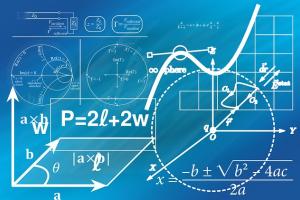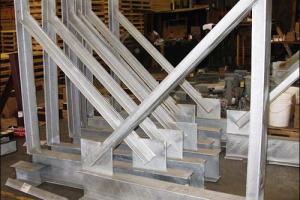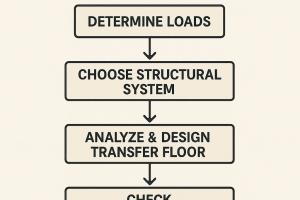Eccentricity of an Applied Force
The eccentricity of an applied force refers to the distance between the line of action of the force and the axis of rotation or the point of application. In other words, it measures the offset or the perpendicular distance between the force and the axis or point about which the structure or object rotates or experiences the load.
When an applied force is not directly aligned with the axis of rotation or the point of application, it creates a moment or torque that tends to cause rotation or bending in the structure. This eccentricity can have significant implications for the design and analysis of structures, as it affects the distribution of forces and the resulting stresses and deformations.
The magnitude and direction of the eccentricity determine the moment arm, which is the perpendicular distance between the force and the axis of rotation. The moment arm influences the magnitude of the bending moment generated by the force. The larger the eccentricity, the greater the moment arm and the higher the bending moment induced in the structure.
The eccentricity of an applied force can occur in various structural elements, such as beams, columns, or connections. It is commonly encountered in situations where the applied load is not perfectly centered or aligned with the supporting elements. For example, in a beam subjected to an off-center point load, the eccentricity is the distance between the load and the beam's neutral axis.
Engineers need to consider the eccentricity when designing structures to ensure that the resulting forces, moments, and stresses are within the acceptable limits. It is important to account for the eccentricity in structural analysis and calculations, especially when determining the capacity of the structure to withstand the applied loads.
In summary, the eccentricity of an applied force refers to the offset or distance between the line of action of the force and the axis of rotation or the point of application. It plays a significant role in determining the bending moment and its effects on the structure. Considering the eccentricity is crucial in structural design to ensure the structural integrity and performance under applied loads.












